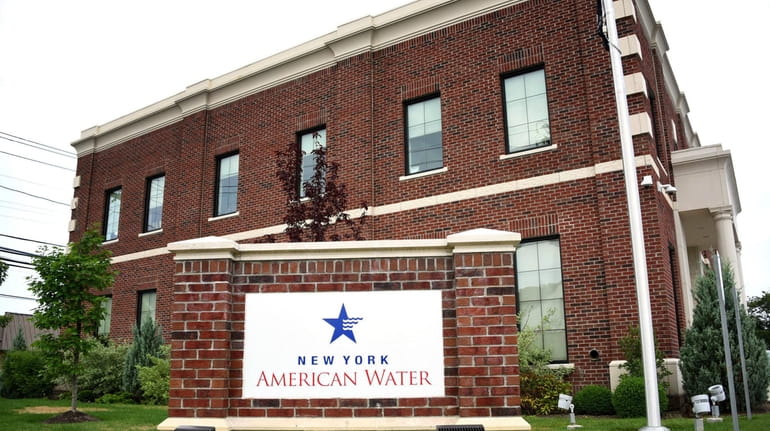Independent monitor's report faults NY American Water for high bills, complaints

New York American Water in Merrick. Credit: Danielle Silverman
New York American Water last summer failed to properly alert customers to a new conservation rate in a cascading series of gaffes that escalated ratepayer bills and led to a mountain of customer complaints, an independent monitor found in a report accepted by the state Thursday.
The embattled company has already begun to implement a series of 23 different recommendations aimed at preventing similar disasters, even as the monitor identified additional steps to help improve customer billing and operations, according to the state Public Service Commission, which reviewed the report.
Despite the efforts, critics of the company abound, and there are active efforts to attempt to take the water system public in American Water's service area, including a feasibility study in Sea Cliff.
New York American Water’s implementation of the conservation rate last year escalated bills for its largest water users, though it was supposed to dissuade high use, the monitor found.
But the monitor, PA Consulting, found that customers unaware of the new rate continued to use water as usual during the summer lawn and garden watering and pool season, and faced sticker shock when bills arrived. Thousands of complaints followed, which led to a series of investigations and led the state Public Service Commission to appoint a special monitor to oversee New York American Water’s operations.
The monitor’s report “paints a clear picture of a utility that failed to communicate to customers important aspects of its rate structure as well as the objectives of conservation,” PSC chairman John Rhodes said in a statement Thursday.
Lynda DiMenna, president of New York American Water, in a statement said the report’s findings are “an important component of our wholistic efforts to take a critical look at our operations and customer service, and identify areas for improvement so we can better serve our customers.”
She said the company was implementing a “robust, multifaceted communication plan that focuses on alerting customers to the conservation rates as well educating them about tips, tools and technology they can use to save water and money.”
Glen Head resident George Pombar, a member of the North Shore Concerned Citizens group that seeks to municipalize the Sea Cliff district, said the finding and recommendations offer little indication of a company on the mend.
"No, they are not on the mend at all," said Pombar, president of the Glen Head-Glenwood Civic Association, who said his bill this month jumped to $235 from $23 in the prior month. "They [American Water] failed. We're used to it. People in this community are very upset with them."
He said the group's efforts to take the private company's service area public will "absolutely" continue.
The monitor’s review of billing operations found that longer billing cycles last July added to customers' high bills. The company has been advised to cut billing cycles to 30 or 31 days, compared to a previous range of 24 to 35 days.
Another problem was that New York American Water didn’t outline the impact the new rate structure could have on customer bills, nor advise them to conserve to avoid the impacts.
The monitor recommended “numerous” communication methods and meetings be taken to advise customers and elected officials to avoid future billing shock. The report identified “several” management and other changes made last summer to address high-volume bill complaints, yet the measures failed to offer ways for customers to conserve and lower bills.
The monitor recommended development of a “comprehensive” complaint reduction strategy, including categorizing complaints by cause to better analyze them, and report internally on how well it’s meeting objectives for improvements.
DiMenna said the company would continue new and improved communication with customers, elected officials and others to “provide them with timely, transparent and actionable information. We will remain vigilant to identify and execute strategies to continuously improve our customer service.”
Gilgo-related search in Manorville ... UBS Arena MTV Awards ... Jericho fatal crash ... Girls softball league
Gilgo-related search in Manorville ... UBS Arena MTV Awards ... Jericho fatal crash ... Girls softball league

